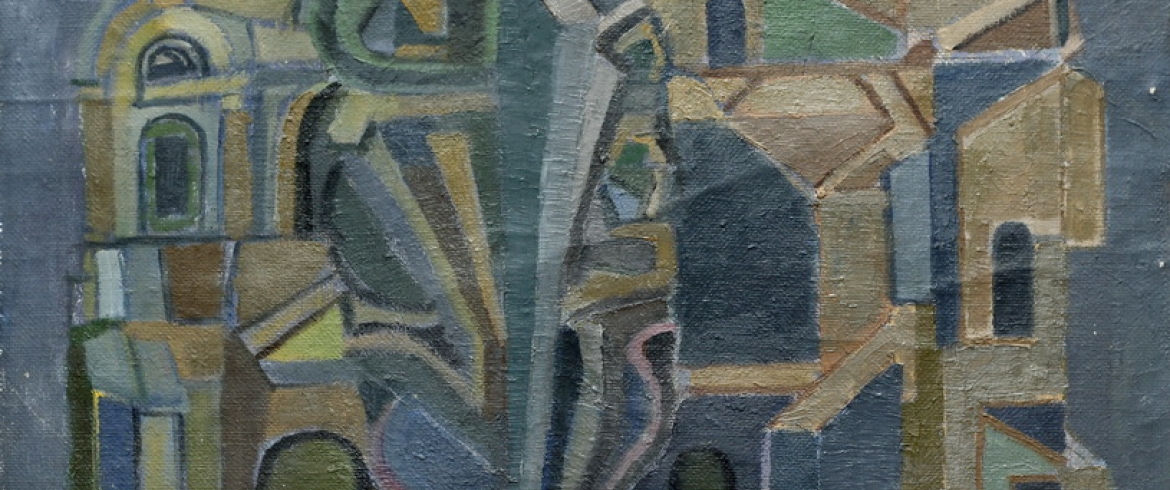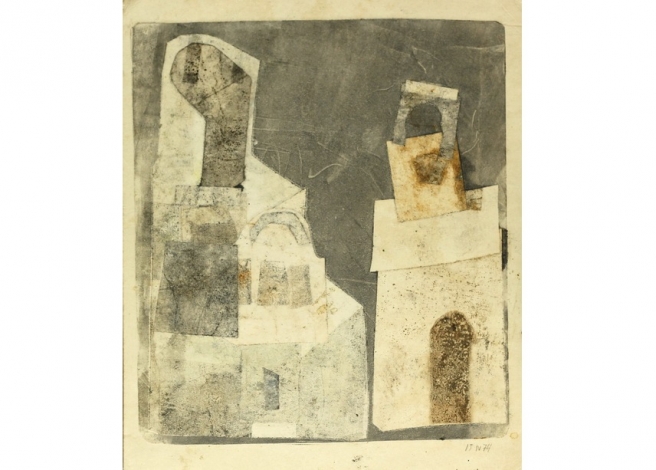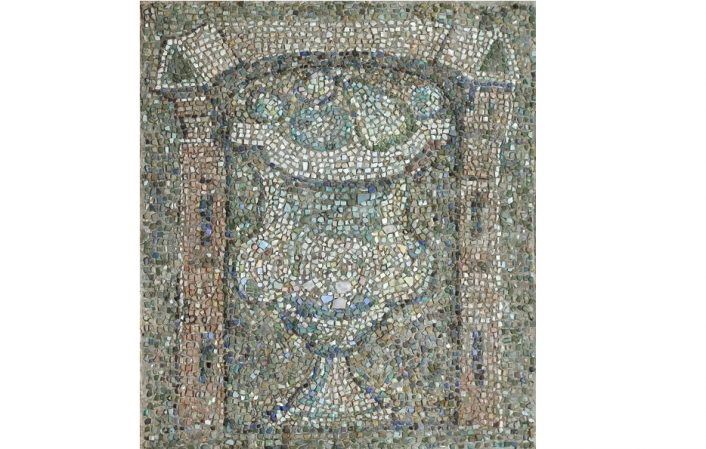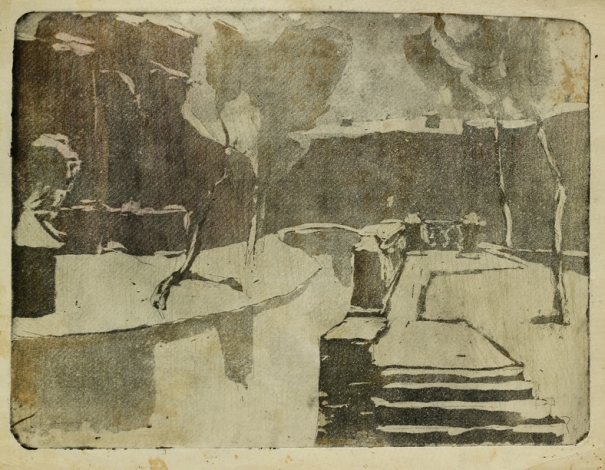Exhibition
Valenitin Levitin. Painting, graphics, mosaic

Category
ExhibitionDate
08 february 2020, 11:00 — 08 march 2020, 17:00
Price
from 100 rub
Events / Exhibition
Photo gallery
The State Museum "Tsarskoye Selo Collection" hosts a personal exhibition of the famous Leningrad-Petersburg artist Valentin Levitin. On the two floors of the museum the whole spectrum of the master’s creativity is presented: painting, graphics, mosaic.
“A tree resembling a giant stone flower, and a tower that does not look like real architectural structures. A bottle and a vase are those that are hardly touched by everyday human life ... No one seems to be doing mosaics that, like this, "for themselves" ...
The art of Valentin Levitin can lead to bewilderment and confusion. It turns out to be less understandable than the intricate constructions of modern symbolists, the daring challenge of "new artists" or the frank form-making of abstract artists. In the works of Valentin Levitin, a world arises, distracted from sensory experience or emotional experiences. In its direction it is philosophical painting: the artist did not see the world, did not imagine, he thought of it. Thought as being orderly, steady, motionless, proportionate, self-sufficient, eternal and solemn. It is no coincidence that he operates not with abstract forms, but rather with objects, plastic bodies. Through objects, their sizes, proportions, position in space, interaction and loneliness, he expresses his idea of the world order. Gradually, another plastic motif crystallizes in the artist’s work, objects appear that are very far from immediate impressions. Strange multi-tier towers, dense and heavy, rise in lilac dusk. They are located strictly frontally, on one line, parallel to the plane, but behind some invisible barrier that the eye cannot overcome. Sometimes a tree replaces one of the towers. Over the years, the artist has been returning to this motif again and again, as if he was painting one picture all the time, striving for more perfect proportions, more accurate compositional relationships, absolutely harmonious tonal harmony. He strives for maximum textured uniformity and tonal integrity. Therefore, the appeal to the mosaic seems quite organic. Dense, with a pronounced structure, the painting seemed to require direct implementation in such material. After all, here the image arises from individual particles, which must be brought to unity. And if in painting such a path is fraught with well-known color asceticism, then in the mosaic the color, remaining restrained and strict, gains more wealth and diversity. Finally, mosaic, by definition, is an art where ideas of the high and the eternal can best be embodied.
Levitin towers owe their origin to the 14th-century Byzantine icon of the Annunciation. Frankly speaking, a source of inspiration is not too common today! Moreover, his compositions have little in common with medieval art: there are no iconographic intersections, there are no direct figurative-plastic parallels. But he rethought the characteristic, significant for medieval consciousness, motive of the coming, developing it not the plot, but accepting it as a plastic concept. Looking at the paintings and mosaics of Valentin Levitin, we feel that we cannot cross the frame and enter. Also, we don’t have the feeling, often in dealing with modern art, that this world comes to us, absorbs us, surrounds us. Here he is invariably in front of us, he is standing, alluring and inaccessible, as if someone had once and for all established a certain distance. But if we cannot take over this world, we can join its harmony and silence. ”
Irina Karasik




